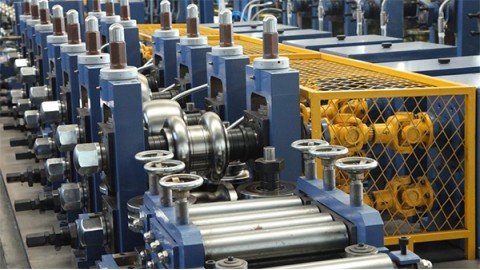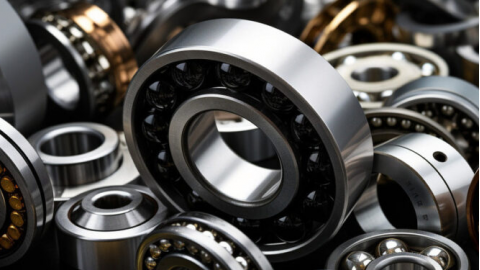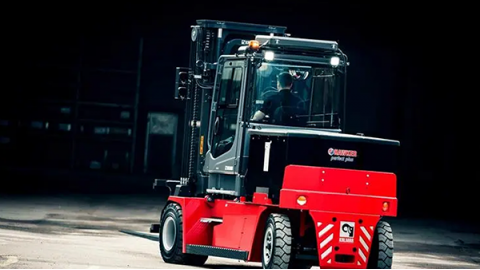Introduction
This article provides information about Sonotubes® and their applications.
You'll discover details on various topics including:
- What Sonotubes® are
- Available sizes of Sonotubes®
- The manufacturing process of Sonotubes®
- Common uses of Sonotubes®
- And more...
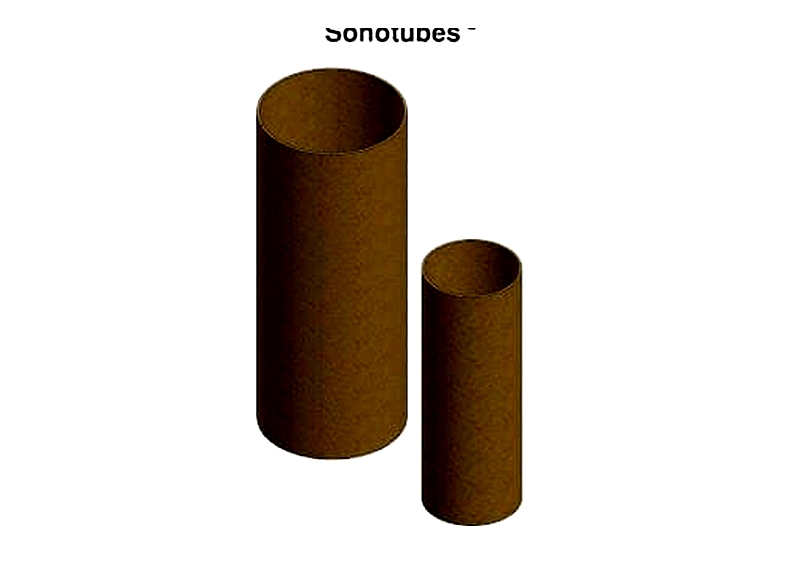
Chapter One – Understanding Sonotube®
Sonotube® is a cylindrical form made from layered cardboard, typically treated with wax or laminate. These tubes are designed for pouring concrete to create structural elements like columns and posts. As a registered trademark of SPC RESOURCES, INC., they come in various materials including fiber, plastic, and composites, suitable for projects ranging from DIY home improvements to large-scale construction. Available sizes vary from small hardware store versions to large tubes several feet in diameter and length.
To use a Sonotube® for creating columns or supports, position and secure it properly before pouring concrete. After the concrete cures and hardens completely, remove the tube to reveal a durable column or support.
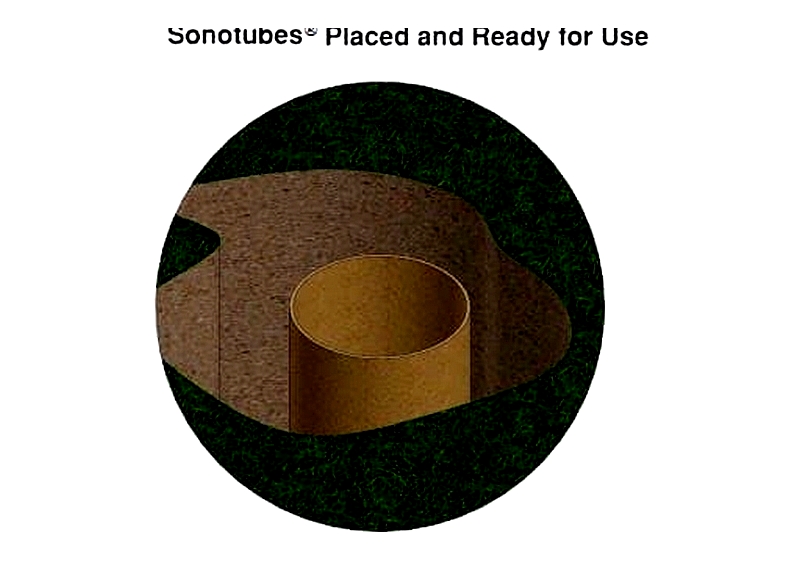
Manufactured in various sizes to meet different requirements, the appropriate Sonotube® size depends on structural design, local building codes, and soil conditions. While standard Sonotubes® resist water exposure for up to 24 hours, specialized versions can withstand moisture for 72 hours.
Chapter Two – Standard Sizes of Sonotubes®
Construction professionals rely on high-quality concrete form tubes like Sonotubes® to create precise structural supports. These cylindrical forms require smooth interiors and exceptional strength to withstand concrete's hydrostatic pressure while maintaining shape. Traditional methods using wooden or steel molds were labor-intensive and often produced uneven results.
Sonotube® forms revolutionized construction by simplifying the process and eliminating traditional formwork challenges. They enable efficient creation of round structural columns with superior finishes, improving productivity and reducing costs across residential, commercial, and industrial projects.
The durability of Sonotubes® comes from tightly wound, high-strength fiber materials bonded with specialized adhesives. The manufacturing process involves spirally wrapping heavy-duty paperboard around a mandrel and compressing it, resulting in a moisture-resistant tube with a smooth surface for optimal concrete placement.
Forms and Types of Sonotubes®
Sonotube® column forms have transformed industry practices for architects, contractors, engineers, and DIY builders. These reusable and disposable tubes offer flexible solutions for casting concrete columns, foundations, and footings, eliminating the need for traditional molds. They reduce project time while ensuring precise results in all construction scales.
Available in standard and custom sizes, Sonotubes® suit various applications including commercial buildings, residential decks, and light pole foundations. Despite being fiberboard-based, they support multiple cubic yards of concrete, offering reliable performance at competitive prices. Their ease of use makes them preferred by contractors and homeowners alike.
The chart below shows standard Sonotube® diameters and corresponding concrete volumes for common column heights, aiding accurate project planning.
While manufacturers offer standard sizes, custom Sonotube® forms can be ordered for specialized requirements.

